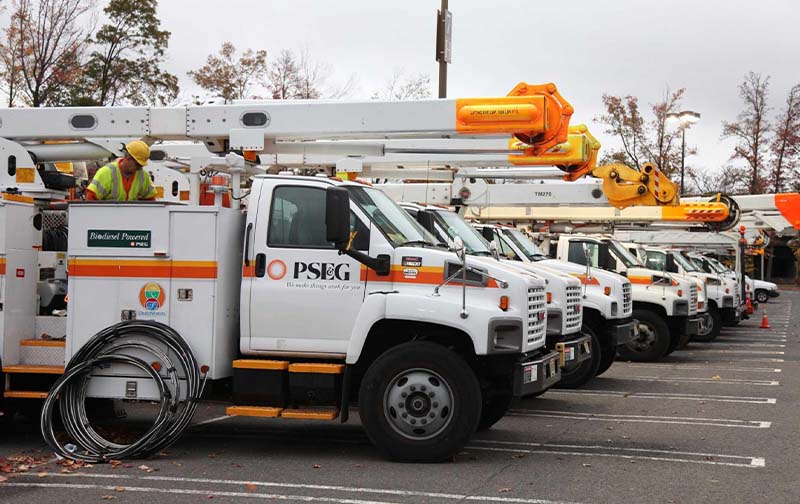PSEG Love Affair is Over
By Jerry Kremer
Long Islanders have all kinds of non-romantic love affairs. They love their school boards, their teachers and their garbage collectors, and they even show some love for their utility companies. But when things go wrong, the love affair is over. That applies especially to the companies that provide electricity, gas or cable service. The shortest of the love affairs is when the lights go out for a long period of time.
The problems with lighting companies date back to the early 1960s, when the Long Island Lighting Company was Public Enemy No. 1. Those of you who were living on Long Island at the time should remember that just uttering the word LILCO would get somebody mad. It was a powerful organization that had many friends in high places, but it made mistake after mistake, and its ratepayers wanted heads to roll. The company’s biggest calamity was when power was knocked out for weeks while its chairman was in Italy. He didn’t come home until it was too late, and that was the moment of truth.
For the following 20 years, ratepayers demonstrated, howled, screamed and went to war against LILCO, demanding that the state take it over. In 1988, Gov. Mario Cuomo signed a bill establishing the Long Island Power Authority, whose sole purpose was to take over LILCO and keep the lights on forever. LIPA bought out LILCO, and took over its workforce and operations. LIPA did a decent job, but it was always understood that someday the Long Island operation would be contracted out to a larger utility company.
Around 2010, LIPA decided to publicly ask the utility industry to consider operating on the island. Two companies, Con Edison and Public Service Electric and Gas, offered to become the power provider. Con Ed was well known, but many new arrivals from New York City had a bad taste in their mouths from its service, and PSEG began to get serious consideration.
It had a lot of friends in high places, and in a short time won the contract to provide electrical power to Long Island’s 1.3 million residents. The utility got a bad break when, two days after its contract took effect, the Island was hit with a major snowstorm, but we Islanders can be very forgiving, and PSEG was spared any criticism.
The romance with PSEG continued for quite some time, until we had three 100-year storms in one year. Thousands of ratepayers were without power for weeks, and the company’s response was slow and inefficient. Part of the reason it was unable to get its customers post-storm relief was the aged power system.
Its communication operation, as well, was antiquated, and the grid had to be made stronger and more efficient. That took money, and that meant rate increases. PSEG began taking long-overdue steps such as massive tree trimming, but the bonds of love had already broken.
Over the past few years, there has been a new effort to get the state to consider letting the power system be managed locally again, but with a whole new approach: municipalization, which means that LIPA would be overseen by a whole new bunch of local citizens who would be responsible for its operation. The state created a commission and gave it $2 million for hearings and consultants. To date, the process has fallen flat, and it will be some time before it gets moving ahead again.
There are two things wrong with the drive to let John Q. Citizen run the power system. First of all, why not sit down with other power companies and see if they are willing to be the operators? It’s possible that we can find a company with the credentials to keep the lights on without jumping into some untested, citizen-run operation.
Second, even if we can’t immediately find a suitor, giving a group of local neighbors the power to dictate to professionals is a very dangerous move. Long Islanders don’t ask for much in the course of the average day. They need their lights to stay on, and the best way to accomplish that is to have people running our system who know what they’re doing.
Read it Online @ Li Herald Now: Click Here


